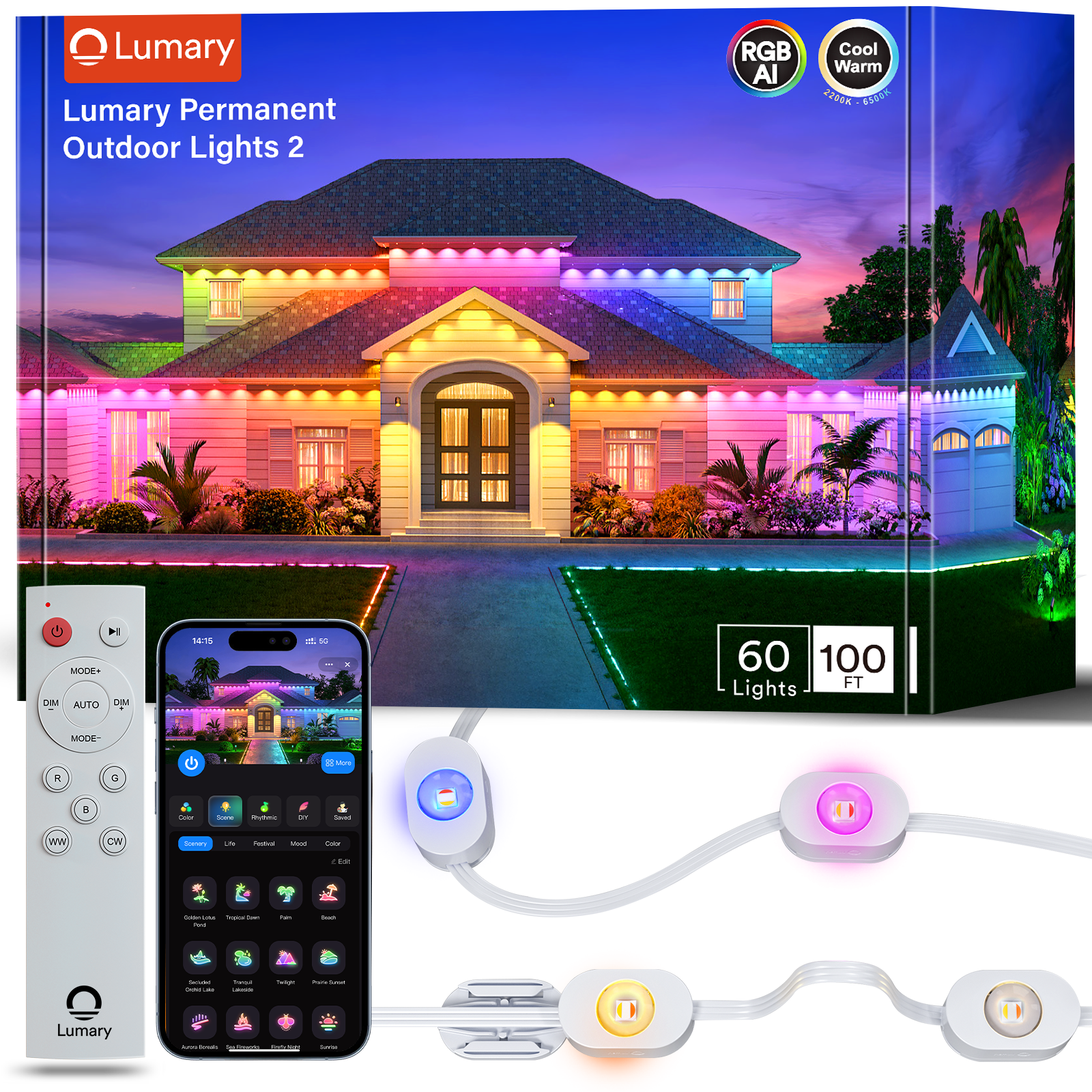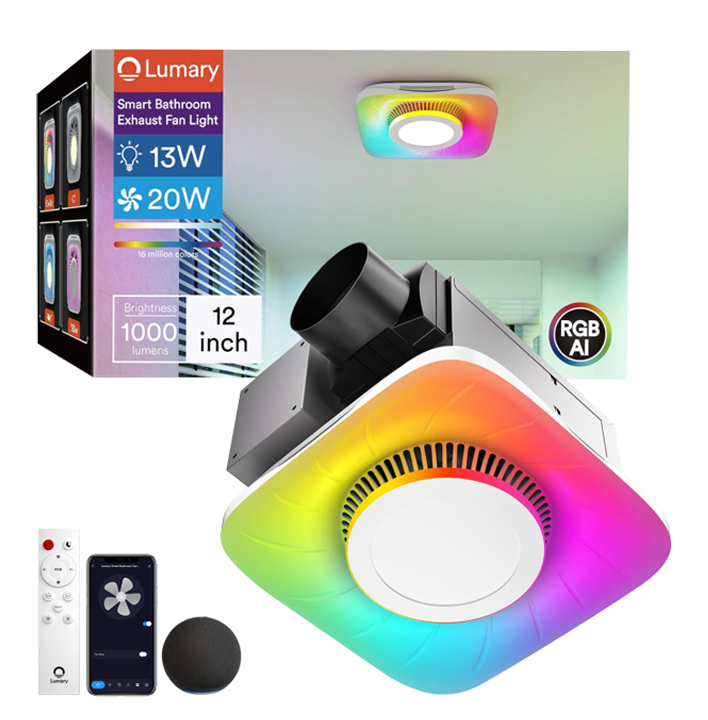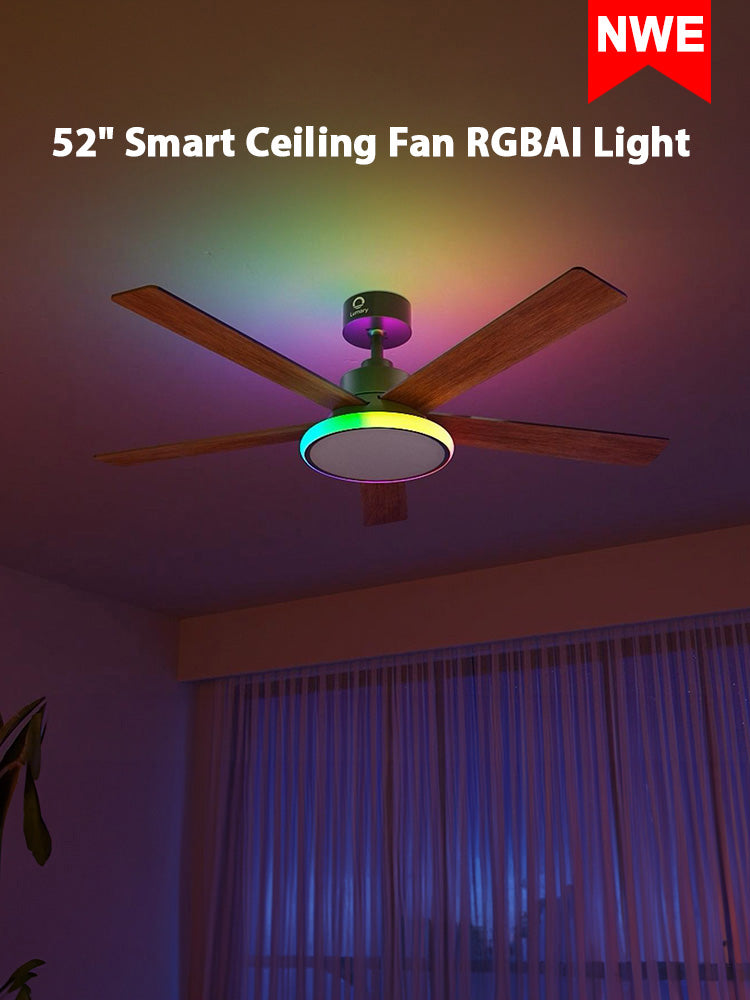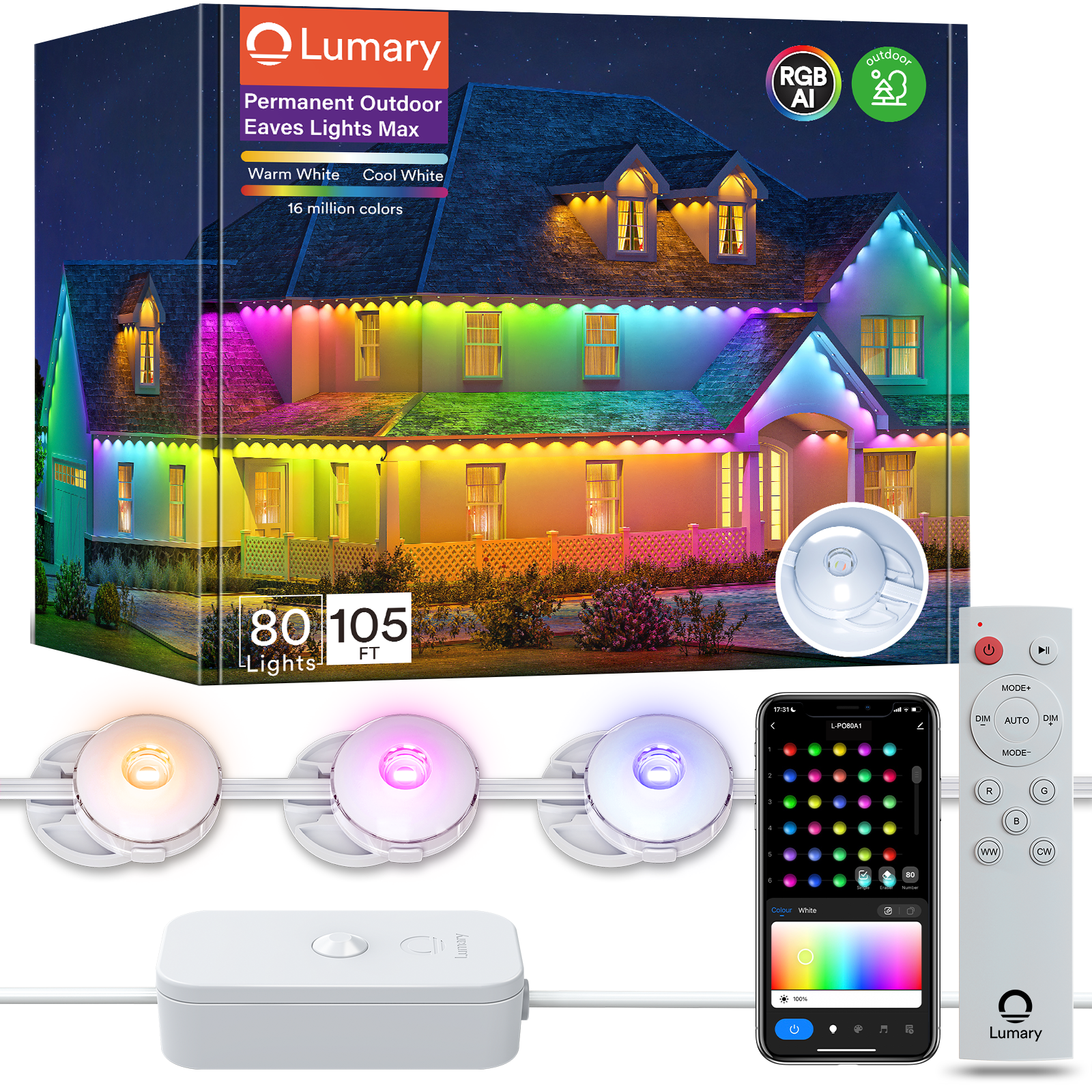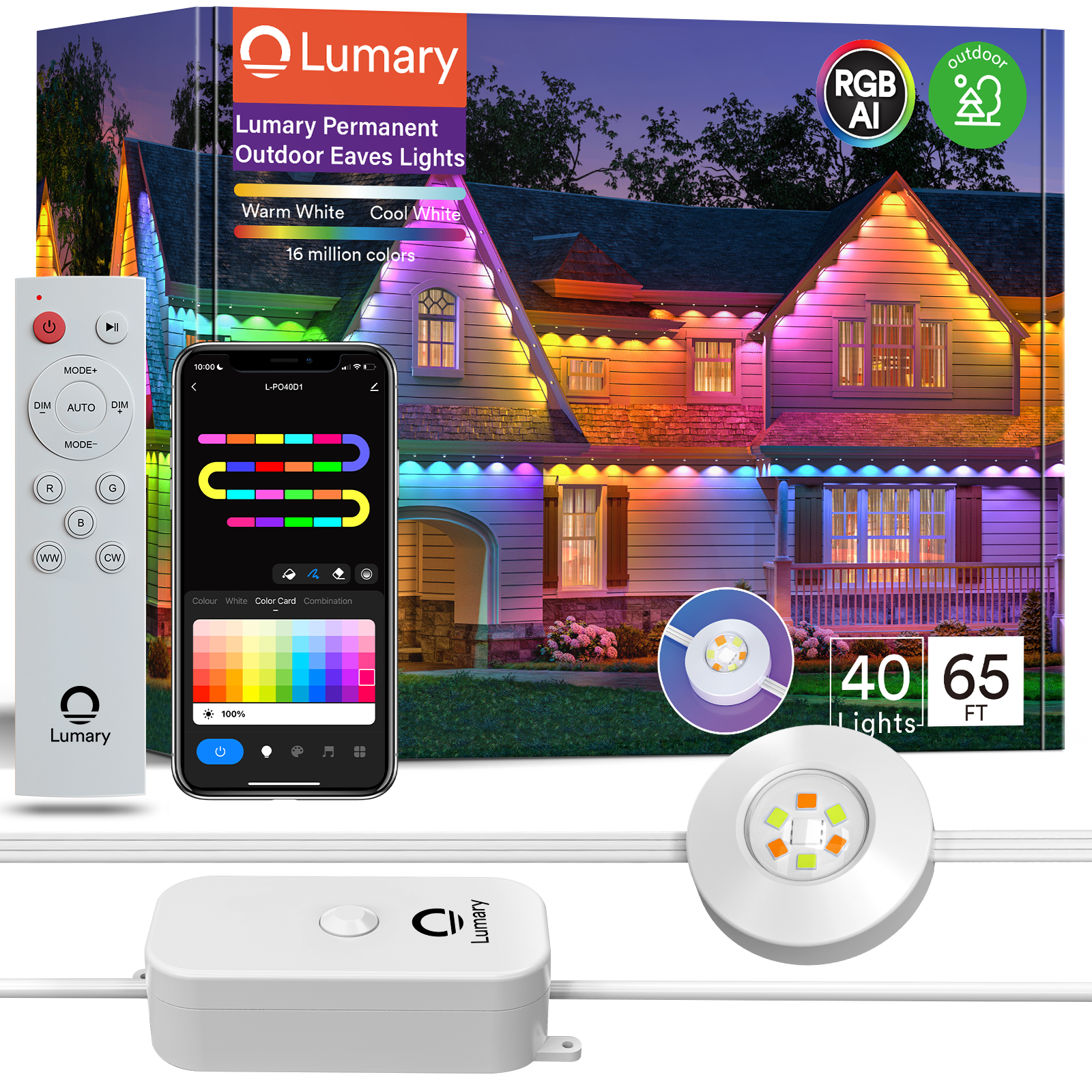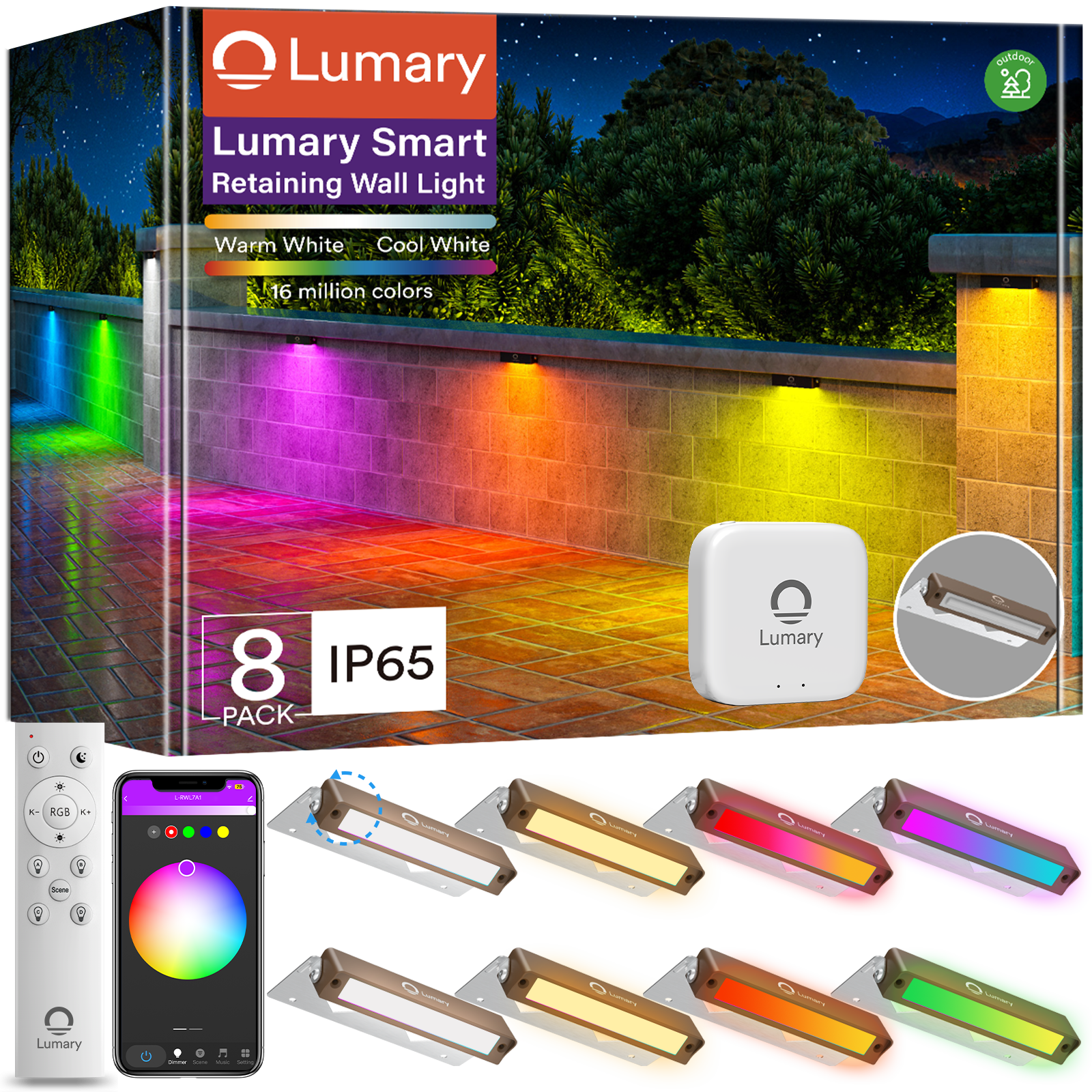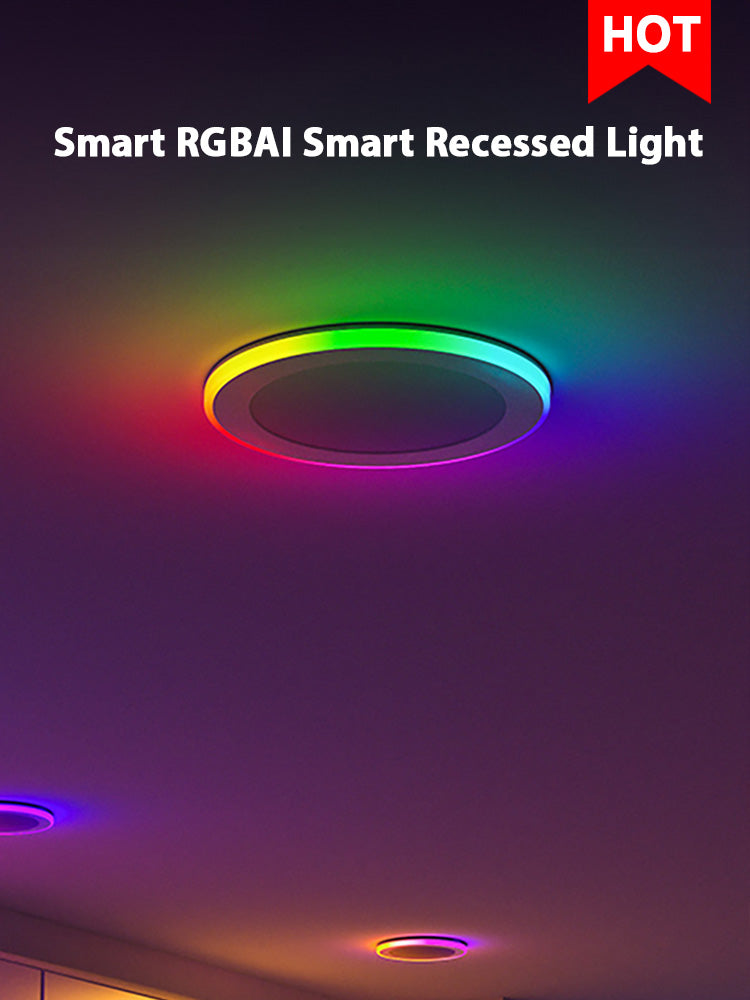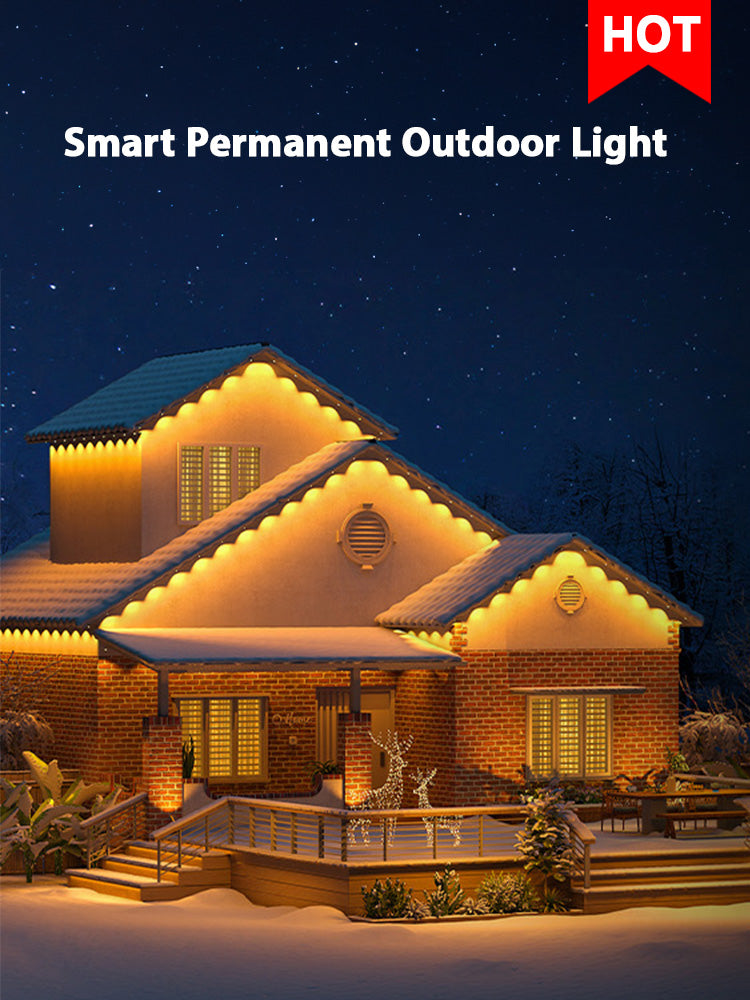Smart lighting represents a significant advancement in home and business illumination. The global smart lighting market, valued at USD 14.72 billion in 2021, is projected to reach USD 94.16 billion by 2030. This growth underscores the increasing adoption of smart lighting solutions. Smart lighting systems offer enhanced control, energy efficiency, and customization, making them essential in modern settings. This blog aims to provide a comprehensive smart lighting guide, explaining its functionality and benefits.
What is Smart Lighting?

Definition and Overview
Smart lighting represents an advanced lighting system that integrates wireless communication and automation. These systems allow users to control lighting remotely using smartphones or other connected devices. The technology enhances convenience, energy efficiency, and customization.
Basic Components of Smart Lighting Systems
Smart lighting systems consist of several key components:
- Smart Bulbs: LED bulbs equipped with wireless technology for connectivity.
- Control Units: Devices like hubs or bridges that manage communication between lights and controllers.
- Sensors: Motion detectors or ambient light sensors that trigger automatic adjustments.
- Connectivity Modules: Wi-Fi, Bluetooth, Zigbee, or Z-Wave modules that enable wireless communication.
- Software: Apps or platforms that provide user interfaces for control and automation.
Key Features of Smart Lighting
Smart lighting systems offer a range of features designed to enhance user experience:
- Remote Control: Manage lighting from anywhere using a smartphone app.
- Voice Control: Integration with virtual assistants like Google Assistant and Amazon Alexa.
- Scheduling: Set timers and schedules for automated lighting adjustments.
- Energy Monitoring: Track energy consumption to optimize usage.
- Color Customization: Adjust color temperature and hues to create desired ambiance.
- Automation: Use sensors and routines to automate lighting based on activities or time of day.
Evolution of Smart Lighting
The development of smart lighting has undergone significant changes over the years.
Early Innovations
Early smart lighting systems focused on basic remote control and automation. Initial products included simple dimming and scheduling features. These systems relied heavily on proprietary protocols and required dedicated hubs for operation.
Current Trends
Modern smart lighting systems have evolved to include advanced features and broader compatibility. Current trends emphasize integration with IoT devices and smart home ecosystems. Technologies like Wi-Fi, Bluetooth, Zigbee, and Z-Wave enable seamless connectivity. Contemporary systems offer enhanced energy efficiency, voice control, and sophisticated automation capabilities.
Types of Smart Lighting Technologies

WiFi-Based Smart Lighting
How WiFi Smart Lighting Works
WiFi-based smart lighting connects directly to a home WiFi network. Each smart bulb contains a chip that allows it to communicate wirelessly. Users control the lights through a smartphone app, which sends commands via the internet. The app can adjust brightness, color, and scheduling. WiFi smart lighting often integrates with virtual assistants like Google Assistant and Amazon Alexa for voice control.
Pros and Cons of WiFi Smart Lighting
Pros:
- Ease of Use: Simple setup with existing WiFi networks.
- Remote Access: Control lights from anywhere with an internet connection.
- Integration: Compatibility with various smart home ecosystems.
Cons:
- Network Dependence: Performance relies on the stability of the WiFi network.
- Bandwidth Usage: Multiple devices can strain the network.
- Security Concerns: Potential vulnerabilities in WiFi networks.
Bluetooth-Based Smart Lighting
How Bluetooth Smart Lighting Works
Bluetooth-based smart lighting uses Bluetooth technology for communication. Each bulb pairs with a smartphone or tablet via Bluetooth. Users control the lights through an app, similar to WiFi-based systems. Bluetooth smart lighting does not require an internet connection, making it ideal for localized control.
Pros and Cons of Bluetooth Smart Lighting
Pros:
- No Internet Required: Operates without a WiFi network.
- Low Latency: Quick response times due to direct communication.
- Energy Efficiency: Consumes less power compared to WiFi.
Cons:
- Limited Range: Effective only within Bluetooth range.
- Device Limitations: Fewer devices can connect simultaneously.
- Compatibility Issues: Limited integration with other smart home systems.
Other Smart Lighting Technologies
Zigbee and Z-Wave
Zigbee and Z-Wave are popular wireless protocols for smart lighting. These technologies create a mesh network, where each device communicates with others to extend the range. Zigbee and Z-Wave require a hub to connect to the internet. The hub acts as a bridge between the smart lights and the user's smartphone app.
Advantages:
- Extended Range: Mesh networks cover larger areas.
- Reliability: Stable connections with minimal interference.
- Scalability: Easy to add more devices to the network.
Disadvantages:
- Hub Requirement: Additional hardware needed for operation.
- Complex Setup: More steps involved in the initial setup.
- Cost: Higher initial investment compared to WiFi or Bluetooth.
Voice-Controlled Smart Lighting
Voice-controlled smart lighting integrates with virtual assistants like Google Assistant, Amazon Alexa, and Apple Siri. Users issue voice commands to control the lights, providing hands-free convenience. Voice control often works in conjunction with WiFi, Bluetooth, Zigbee, or Z-Wave technologies.
Benefits:
- Convenience: Hands-free operation enhances user experience.
- Accessibility: Useful for individuals with mobility issues.
- Integration: Seamless interaction with other smart home devices.
Drawbacks:
- Dependence on Virtual Assistants: Requires compatible devices.
- Privacy Concerns: Potential data privacy issues with voice recordings.
- Accuracy: Voice recognition may occasionally misinterpret commands.
Benefits of Smart Lighting

Energy Efficiency
Reduced Energy Consumption
Smart lighting systems significantly reduce energy consumption. Traditional lighting systems often waste energy due to inefficiency. Smart lighting uses LED bulbs, which consume less power compared to incandescent or fluorescent bulbs. Advanced control features further optimize energy use. For example, sensors can adjust light levels based on occupancy or natural light availability. This ensures that lights operate only when needed.
Cost Savings
Reduced energy consumption translates directly into cost savings. Lower electricity bills benefit both homeowners and businesses. Smart lighting systems also have longer lifespans, reducing maintenance and replacement costs. According to industry studies, smart lighting can cut energy costs by up to 80%. This makes smart lighting a financially sound investment.
Convenience and Control
Remote Access
Smart lighting offers unparalleled convenience through remote access. Users can control lighting from anywhere using a smartphone app. This feature proves especially useful for those who travel frequently or manage multiple properties. Remote access allows users to turn lights on or off, adjust brightness, and change colors without being physically present.
Automation and Scheduling
Automation and scheduling enhance the user experience. Smart lighting systems allow users to set timers and create schedules. Lights can automatically turn on at sunset or dim at bedtime. Automation can also integrate with other smart home devices. For instance, lights can sync with alarm systems to provide a seamless experience. This level of control adds convenience and improves daily routines.
Enhanced Security
Integration with Security Systems
Smart lighting enhances security by integrating with existing security systems. Lights can work in tandem with cameras and alarms. For example, lights can turn on automatically when a security camera detects motion. This deters potential intruders and provides real-time alerts to homeowners. Integration with security systems adds an extra layer of protection.
Motion Detection and Alerts
Motion detection features further bolster security. Smart lighting systems can include motion sensors that trigger lights when movement is detected. This feature proves useful for outdoor lighting and entryways. Motion-activated lights can startle intruders and alert homeowners. Additionally, users can receive notifications on their smartphones, allowing for immediate action.
Improved Ambiance and Comfort
Customizable Lighting Scenes
Smart lighting systems offer customizable lighting scenes to enhance ambiance and comfort. Users can create specific lighting settings for various activities. For instance, a "Reading" scene might provide bright, focused light, while a "Relaxation" scene could offer dim, warm lighting. These scenes can be easily adjusted through a smartphone app or voice command.
Customizable lighting scenes allow users to tailor the environment to their preferences. This flexibility proves beneficial in both residential and commercial settings. In homes, different scenes can cater to activities such as dining, entertaining, or working. In offices, lighting scenes can improve productivity and employee well-being by providing optimal lighting conditions for different tasks.
Mood Lighting
Mood lighting plays a crucial role in setting the atmosphere of a space. Smart lighting systems enable users to adjust color and brightness to match their mood or the occasion. For example, soft, warm tones can create a cozy and inviting atmosphere, while vibrant colors can energize a room for a party.
The ability to change lighting colors and intensity enhances the overall experience of a space. Users can synchronize lights with music for dynamic effects, creating an immersive environment. This feature proves particularly useful for events, gatherings, or simply enhancing daily life.
Smart lighting systems like the Lumary Wi-Fi Smart Ultra-thin Recessed Lighting offer advanced features for mood lighting. These lights can emit up to 16 million colors, allowing users to customize their lighting experience fully. The music sync capability adds another layer of interaction, enabling lights to pulsate and change colors in rhythm with the music.
Incorporating mood lighting into a space can significantly impact its ambiance and comfort. By leveraging smart lighting technology, users can create personalized environments that enhance their overall well-being and enjoyment.
Smart lighting systems offer numerous benefits, including energy efficiency, convenience, enhanced security, and improved ambiance. Adopting smart lighting can significantly reduce energy consumption and costs. The ability to control lighting remotely and automate schedules adds unparalleled convenience. Integration with security systems and motion detection features enhance safety. Customizable lighting scenes and mood lighting create a more pleasant atmosphere.
Consider integrating smart lighting into homes or businesses to experience these advantages. For further reading, explore resources on advanced smart lighting technologies and their applications.

